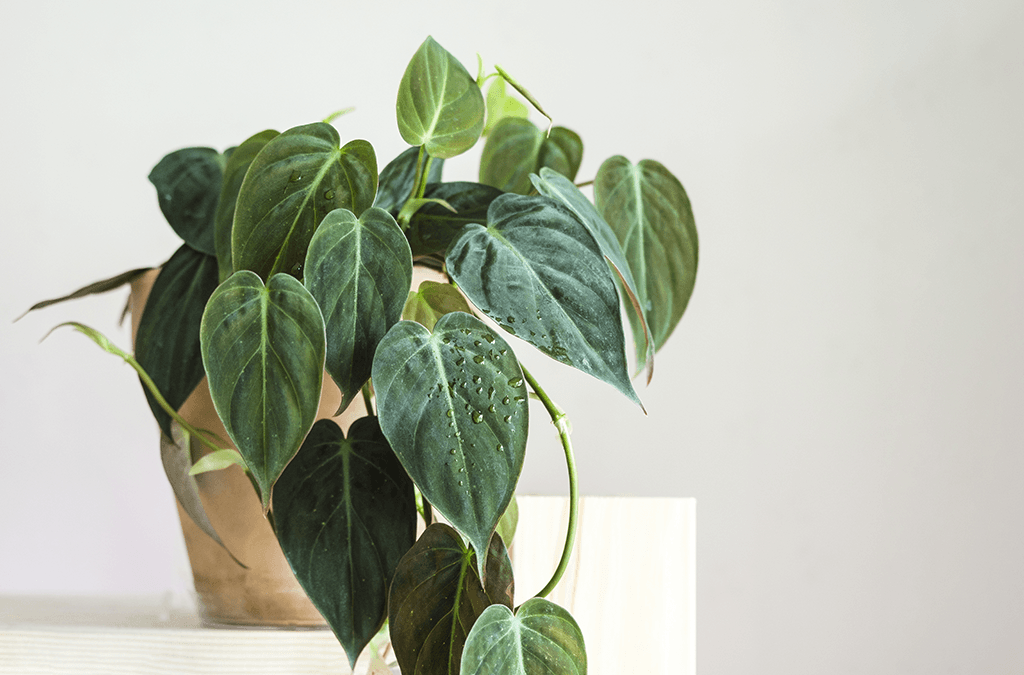They don’t have flashy flowers or eccentric leaves, but philodendrons are one of the most popular houseplants around. Simple to grow, long-living, and easy to please, they’re a reliable companion, ready to greet you every day with gorgeous leaves and a graceful habit. So, what’s the secret to growing them? Read on to find out.
Where Do Philodendrons Come From?
If you want to please your roommate, you need to know some of their backstory. Philodendrons come from the tropics of South America. They’re at home in the dappled light of the jungle floor. Some species grow from the ground, while others climb trees to help them reach the light—hence their name, “philodendron,” which is Greek for “lover of trees.”
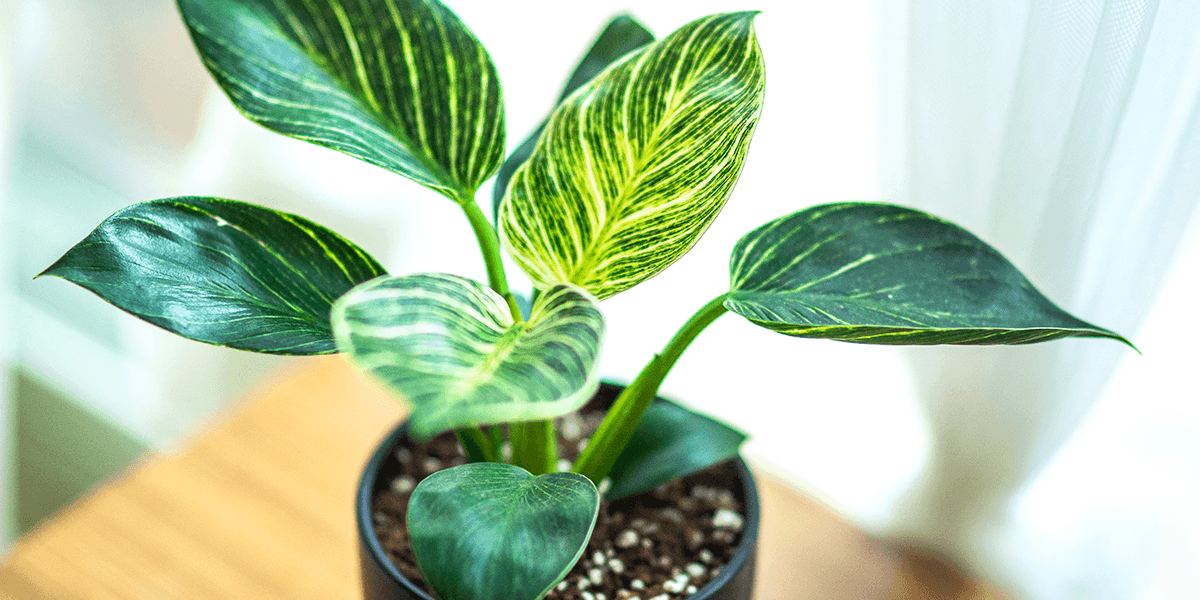
Do Philodendrons Need Sunlight?
Just like their home in the jungle, a place with bright, indirect light is the best spot for a philodendron. If they are lacking rays, you’ll see the stems growing leggy. If the exposure is too bright, the leaves will start to turn yellow.
What Soil Do Philodendrons Need?
You wouldn’t survive without a proper bed and food; likewise, soil is key for any houseplant, but philodendrons don’t need anything extra-ordinary. Potting soil that’s rich in organics and loose for good drainage will serve them well. They’re sensitive to salt build-up in the soil from watering, so replenish their soil every two years to keep them happy.
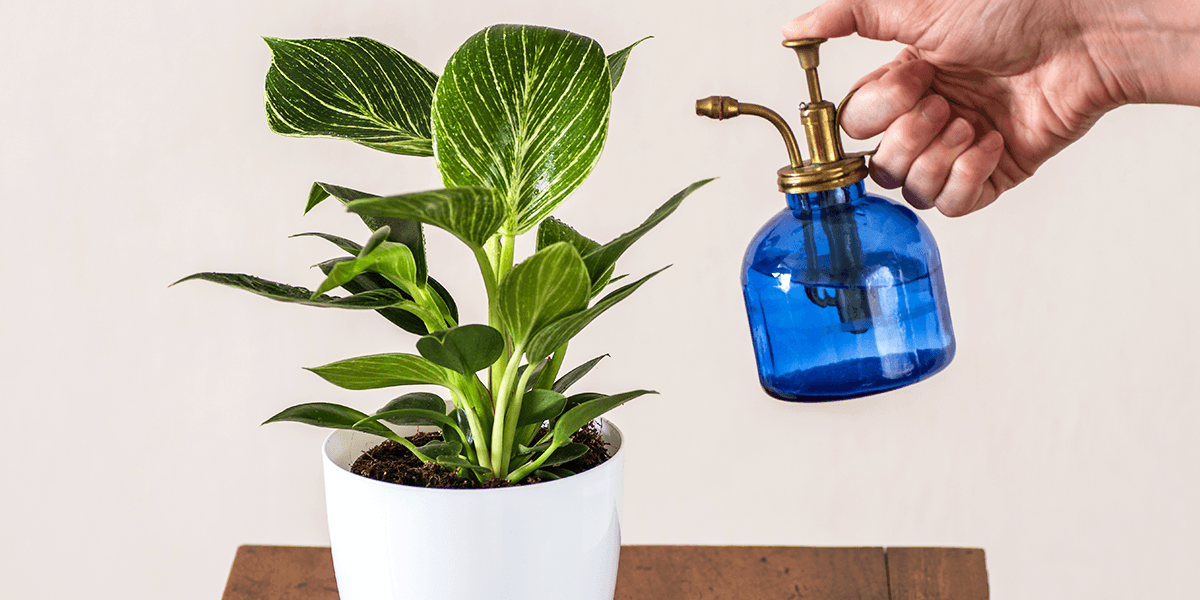
How Much Water and Humidity Do Philodendrons Like?
Compared to the rainforest, a house can be a dry place, but fortunately, philodendrons are easy to accommodate. The rule is: once the top inch of soil is dry, give them a drink. If the soil gets soggy or too dry, their leaves will start to droop. As for air, they like it on the humid side, ideally between 65 to 80 percent, but they will tolerate lower levels. Just be mindful to keep them away from heat sources and mist their leaves with water, or set up a dish of water and pebbles to help with humidity in the winter.
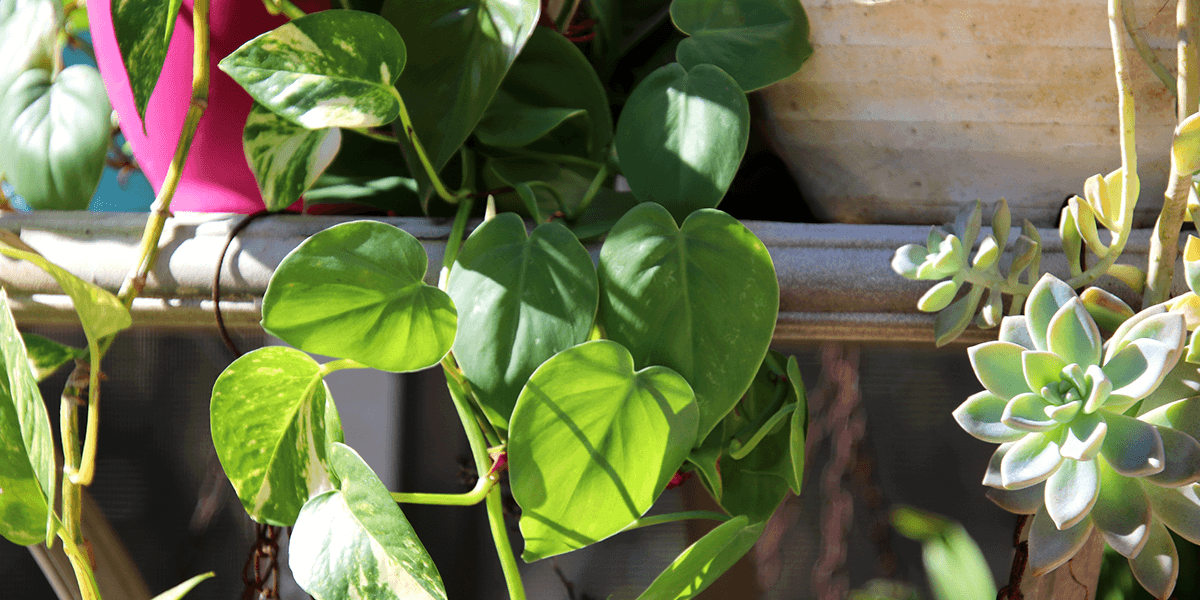
Are Philodendrons Indoor or Outdoor Plants?
Philodendrons are indoor plants here in Chicago and anywhere north of Zone 9. But they do appreciate a summer vacation outside. When the weather is warm, feel free to move them to the yard or deck. Just remember to choose a shady spot, as direct sun will scorch their leaves.
What Are the Varieties of Philodendrons?
Philodendron houseplants fall into two categories: vining and non-climbing. The vining kinds need a trellis, hooks, or a hanging basket for support. The most common vining species is the Heartleaf Philodendron, which has beautiful, glossy, heart-shaped leaves. Non-climbing philodendrons include many upright plants with rich, glossy green or multicolored leaves, reminiscent of a rainforest.
How to Make Your Philodendrons Shine
Besides giving them the right light, soil, and water, there’s another thing that really pleases a philodendron: dusting. Like other houseplants, they love clean leaves to help them drink in the rays. Normally, rainfall washes away any dust outside. But indoors, you can imitate the rain with a damp wipe every week or two.
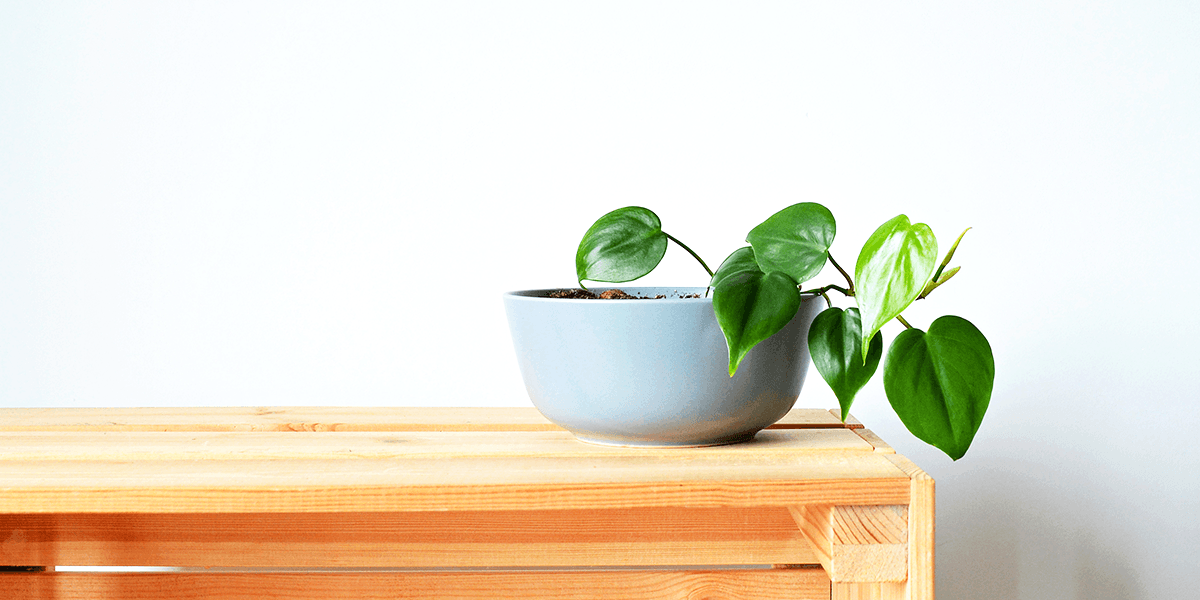
How Do You Propagate Philodendrons?
A final secret to growing philodendrons is that they propagate easily, especially the vining kind. To do so, simply clip off a 6-inch piece with nodes (growing points) from one of their vines. Place it in a jar of water until it forms roots about two inches long. Then, transfer the clipping into a fresh pot of damp soil and watch it grow!
Growing philodendrons is easy, and a pleasure for beginner and expert growers alike. They’re not too fussy, tolerate variable conditions, and live a long time, upwards of 30 years or more. Sometimes it’s amazing to think we can grow plants from a tropical jungle in our home with such ease. But we can, and each one brings a taste of the rainforest—the fresh air and lush leaves—right into our homes with it!
Platt Hill Nursery is Chicago’s premier garden center and nursery in the Chicagoland area.

